Welcome all to another installment of our Whaling City Solar Hardware Guide. We believe that sharing our collective knowledge with you our prospective customers allows us to talk to each other in the same language. Doesn’t matter if it’s a solar module, an inverter, a racking component or an electrical safety device – if you’ve never heard of it, we’re here to change that before it goes on your house for 25+ years. Found something on the internet you’re interested in but we haven’t covered yet? Please write to us and ask!
Today’s subject: The P370 Power Optimizer by SolarEdge
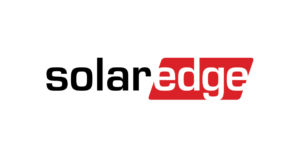
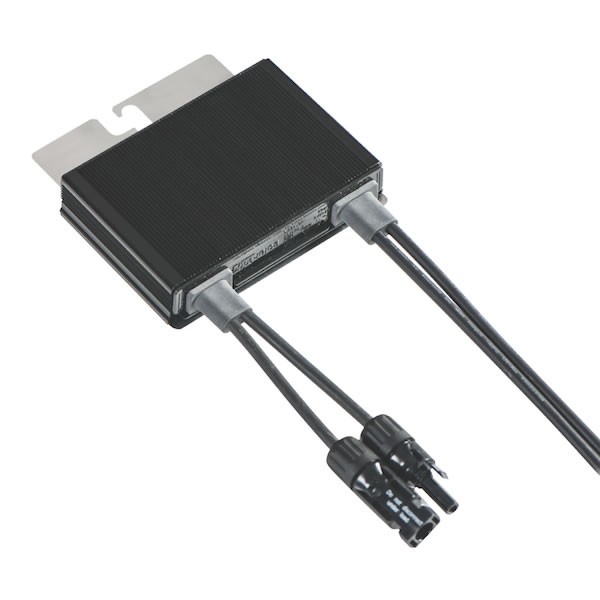
Our views on solar inverters as a whole:
Editors note: This section won’t change from inverter review to inverter review. If you’ve already read it, feel free to skip down to the model specific material!
If solar panels are the lions of the assembled system, grabbing all the attention with their looks and reputation, the solar inverters are the lioness’s doing all the work to actually feed the pride. Solar panels by themselves only generate direct current (or DC) power which won’t do much other than charge a car battery. In order to power your house which uses alternating current (or AC) power your solar panels need to be paired with a compatible inverter.
With their internal complexity, solar inverters have fewer brands and styles to pick from in the US market. Whaling City Solar recommends two major types – “optimized string” inverters or “micro” inverters. Both have very similar principles, but use different architecture to accomplish the same thing. To this end, we strongly encourage you not to view the solar inverters you choose for your home as “good inverters” vs. “bad inverters” but instead “What inverter characteristics – including price – are the right fit for my home?”
To help sort these characteristics out for you when comparing models, we’re going to follow a basic template describing each solar inverter or inverter associated piece of hardware we cover.
- Performance – Wattage, Efficiency and Environment
- Wattage capacity: Like solar panels, inverters come in different capacities to handle different amounts of power. Typically the same product line will be made in 5-10 different sizes to match the size of the solar array it supports. Residential inverters range everywhere from 295W (micro-inverters) up to 12kW (string inverters)
- Efficiency: Put simply – inverters are amazingly efficient. Tens of thousands of hours of R&D have gone into ensuring that a minimal amount of power (translated to money on your bill!) is lost in the conversion from DC current to AC current. Inverters range from 97% to 99.7% efficiency.
- Environment: Solar inverters sport very robust housings to keep the electronics inside safe and dry. Inverters do publish operating temperature ranges but most will operate efficiently from -40ºF to 150ºF covering all the weather we see in MA.
- Manufacturers Warranty
- Materials: Solar inverter manufacturers warranty covers the materials of the inverter itself, and can be claimed for manufacturing defects or outright failure over time. Of all the components in the solar system the inverter is statistically the most likely to need maintenance or replacement over 25 years, but even that number in the 0-3% range. Whaling City Solar will not install a solar inverter without a minimum guarantee of 12 years without failing.
- Price
- The direct price per inverter or inverter satellite component that Whaling City Solar pays our supply chain vendors. We encourage you to compare our prices to the online “wholesale shops” because we put a lot of work into buying each model number at bottom dollar to pass those savings on to you. Remember that the inverters with all their parts and pieces are just one part of the whole installation, accounting for about 10-15% of the total installation cost. Choosing a value focused brand over a feature focused brand can result anywhere from a $500-$1000 swing in the overall cost of the system.
- Other features
- Inverters aren’t very visible, and universally don’t look like electronics boxes of varying sizes. In this section we’ll focus more on the features and reasons why we use this particular model on a portion of our installs.
- Conclusion
- Our unfiltered thoughts on why and where we would recommend this inverters or inverter component.
Model # SolarEdge P370 – Spec Sheet
Introduction
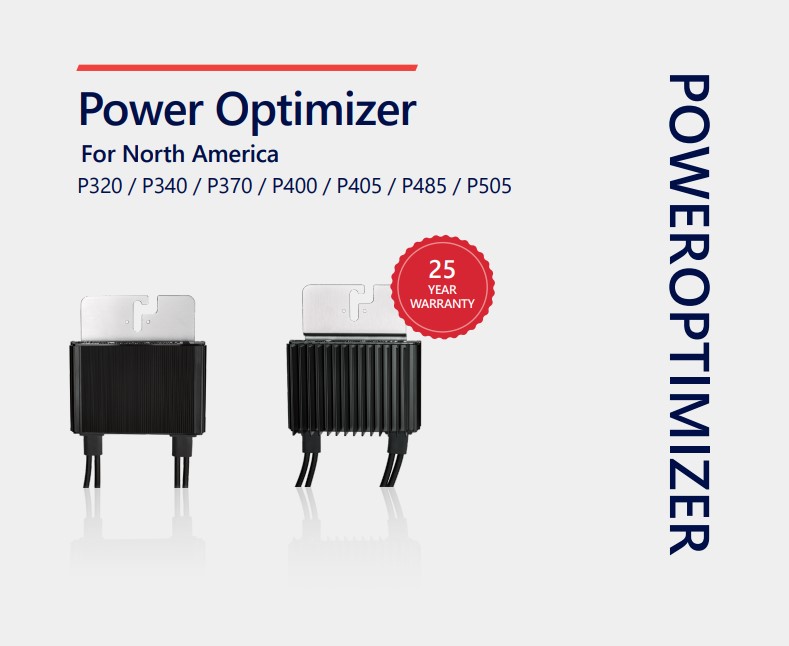
Power Optimizers, similar to micro-inverters, are a type of equipment known in industry as Module Level Power Electronics (MLPE). MLPE units are small and attach directly under individual solar panels, so we use the same number of them per system as we have total panels. MLPE’s offer a range of benefits including:
- Shade Mitigation: Ensuring every panel is performing at it peak power output
- Monitoring: Providing panel level monitoring to provide real time power generation data from every panel in a solar array
- Safety: Allow for panel level rapid shutdown compliance – a critical requirement in MA 2020 electrical code.

These power optimizers only work as part of the broader SolarEdge inverter system. The SolarEdge system works by daisy-chaining groups of 6-15 solar panels (and their optimizers) together to form “optimized strings” that each flow down into the main inverter unit. The SolarEdge optimizers are in effect DC to DC converters which work together to deliver the optimum string voltage to the inverter for maximum power.
Performance:
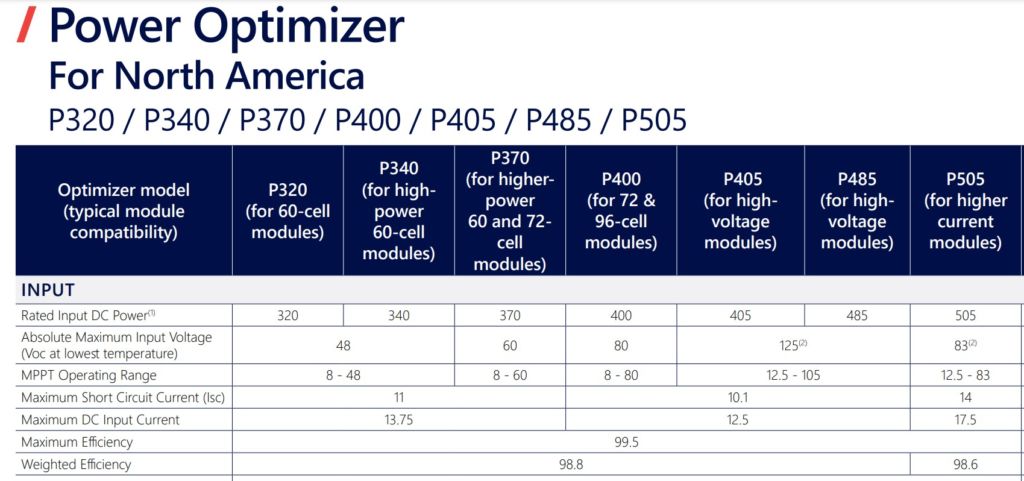
- Max Wattage per Optimizer: 370W
- As we see in the spec sheet chart, the optimizers come in different sizes which correlate to their model numbers. We match the correct size optimizer to whichever solar panel is being used on the project. In the case of the REC365AA Black panel we wrote about last week, the P340 model would be undersized so we use the P370W model.
- Efficiency: 98.8%
- Temperature Range: -40°F to 185°F
- Not much to see here, thankfully it’s a negligible power loss to pass through the MLPE unit and they will run perfectly year round.
Warranty:
Material Warranty & Performance: 25 Years
SolarEdge gives a 25 Year warranty on their optimizers. Not only that, if the optimizers need to be replaced – they’ll help pay for the labor to replace them.
Price:

$71 per unit ($0.26/W)
As with all of Whaling City Solar’s SeeThru SolarTM pricing, we pass the direct warehouse panel pricing direct to you homeowner. Including transportation costs to the house, these P370s cost ~$71ea ($0.26/W) as of the writing of this article. A full installation using the SolarEdge inverter system panels would cost around $2.70-$3.30/W depending on panel choice and overall size of the system. If this pricing format is confusing right now, please do yourself a favor and understand how our SeeThru SolarTM pricing works!
Other Features:
Aesthetics
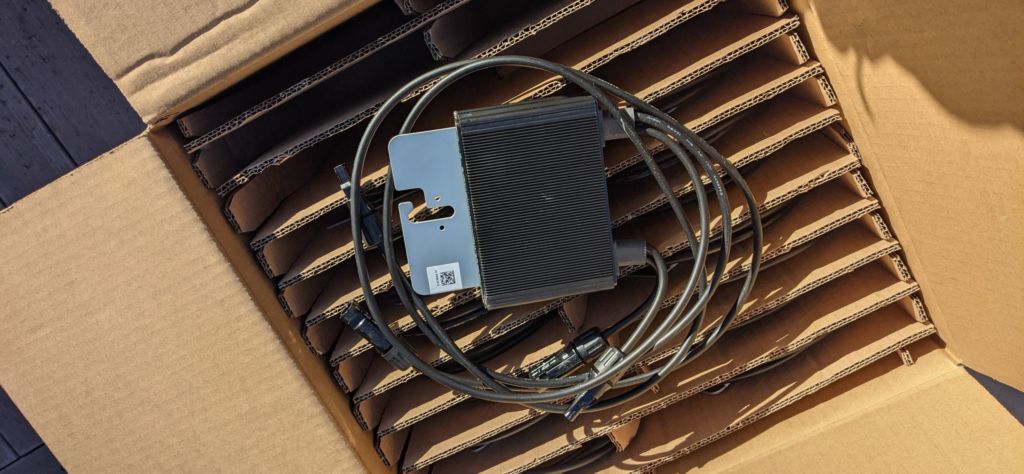
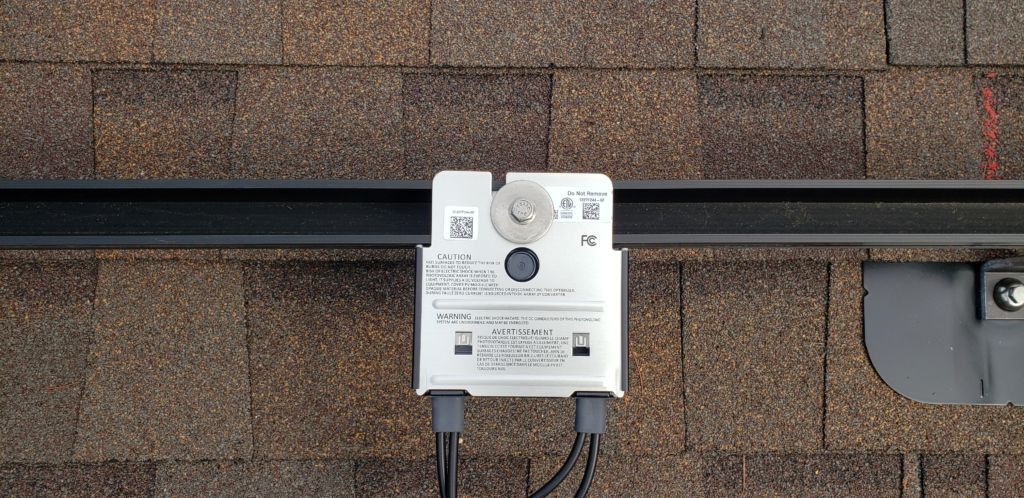
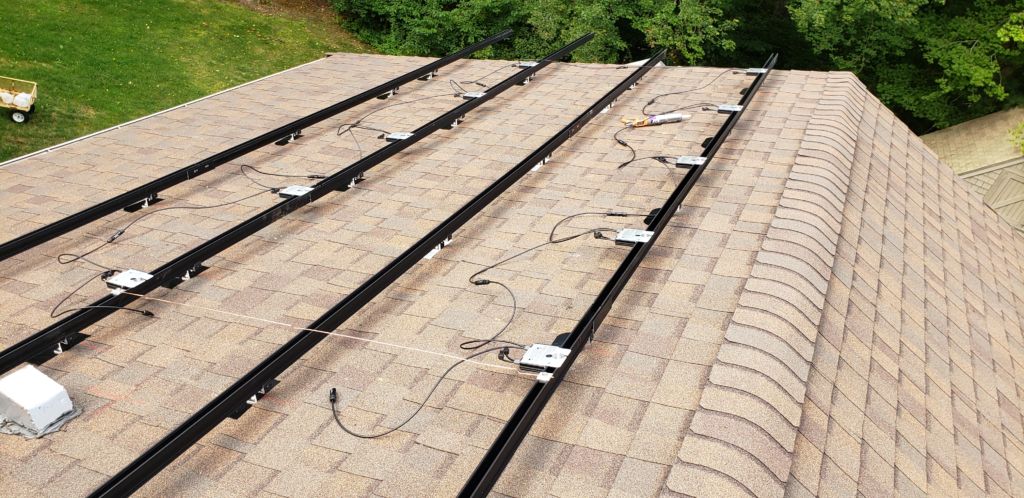
Quite simply, you’ll likely never see the optimizers that are mounted under your panels. We mount them directly to the rails solar panel sized intervals, but before we lay the panels down and plug them in. The optimizer output strings then are aggregated in a junction box, and run down a line of metal conduit to the inverter at ground level down near your home’s electrical panel.
Shade Mitigation

As the day progresses the sun’s intensity can change from panel to panel regularly – either from passing clouds, a chimney shadow shifting, a tree or even a single leaf. At ground level, the inverter will continually adjust the voltage and current per string to achieve max power – but it’s looking all 15 panels in the string as one whole unit.
If we used that same string of panels without optimizers, it would work like old school Christmas tree lights – if one panel is affected by shade, then all the panels in the string are affected. The optimizer offers a solution to this problem.
The optimizer removes the responsibility of the adjusting electronics (known as Max Power Point Trackers or MPPTs) from the inverter and effectively puts the smarts behind every panel. Thus, if one panel is shaded, it does not drag down the performance of the next.
Safety
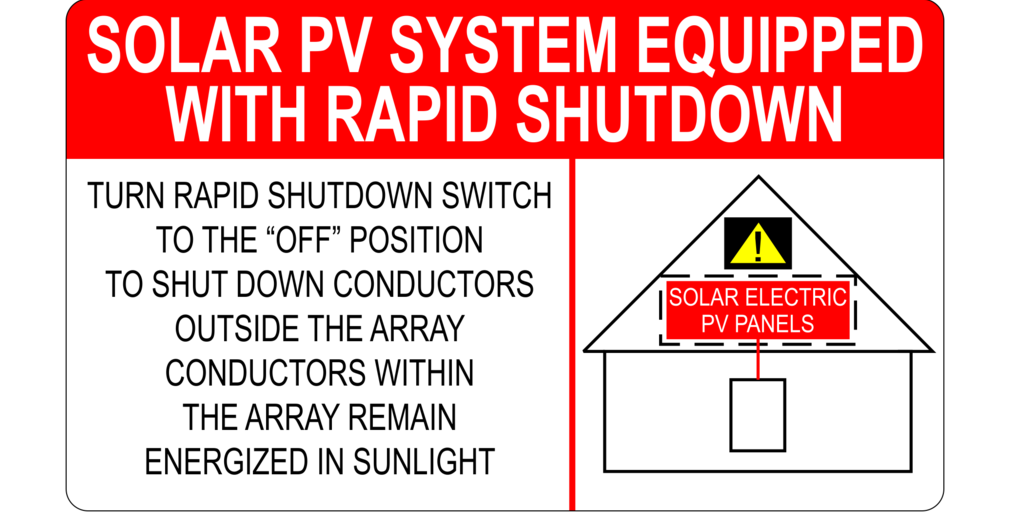
SolarEdge optimizers offer a safety advantage by reducing the DC cable voltage to 1 volt per panel in the event of a grid or inverter shut down. Strings of solar panels can be dangerous (during the daylight) as the DC voltages are usually 300-600 Volts, which can be hazardous in the event of a fire or an emergency. If solar systems are installed by electricians who follow today’s standards, your solar is arguably as safe as the rest of the electrical wiring in your home.
Conclusion
The complete SolarEdge system has been a market leader for over a decade since debuting their optimizer technology to compete with traditional string inverters, and we don’t see them going anywhere. As the optimizer goes hand in hand with the SolarEdge inverters (in fact they are required), choosing to use optimizers is part of choosing the overall SolarEdge string inverter system.
When discussing my recommendations with homeowners out in the field, I’ll often observe where a clean exterior run of conduit can be placed vs. an interior run through the house. If we can make an exterior run that’s inconspicuous, I’ll likely recommend the SolarEdge system. It slightly lowers cost increases the ROI on the project,
Having the main inverter at ground level also allows us to service the main inverter easily without having to get on the roof to service a micro-inverter – though if an optimizer goes out, we do have to get up there.
and we have the real world experience of seeing thousands of these system working for years in New England weather with no problems. If you need an anecdotal data point to put you over the edge, I have a SolarEdge system installed on my own house. If you’re not sure why not default to what the pros use!

